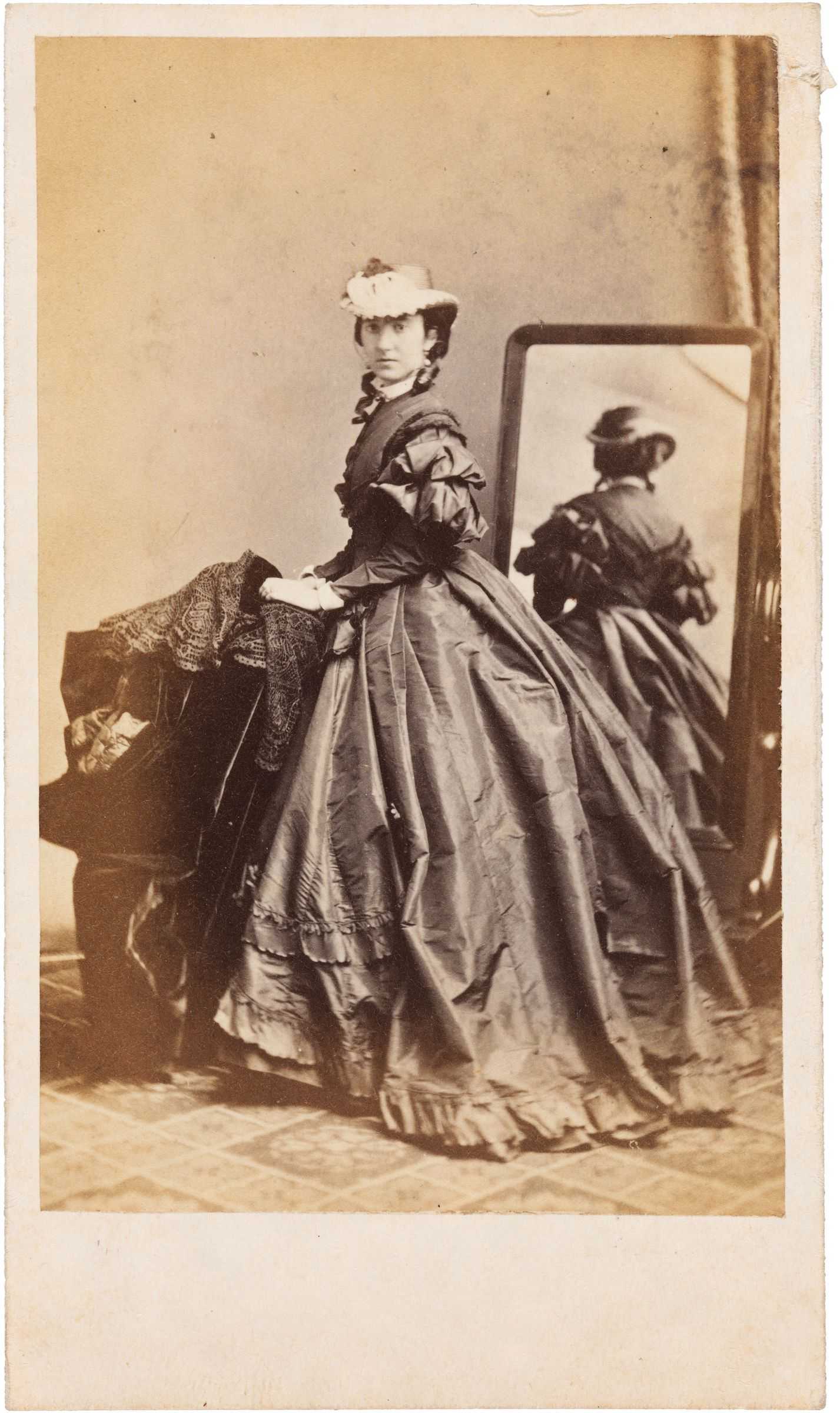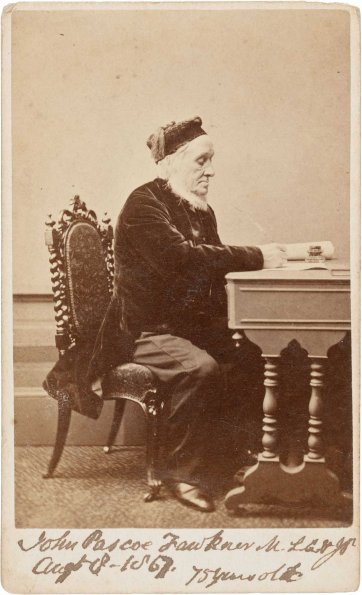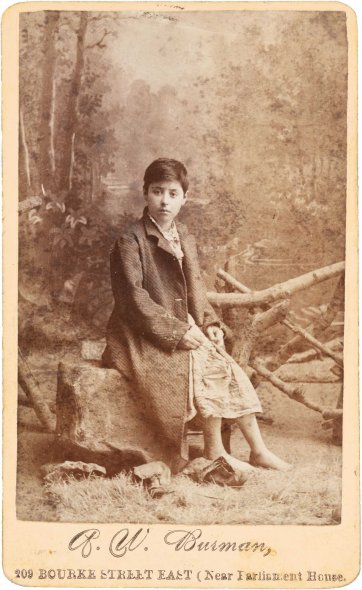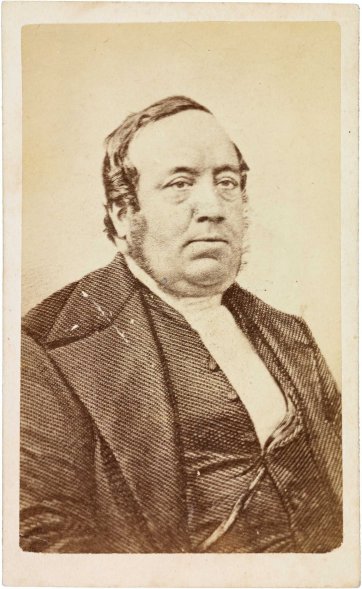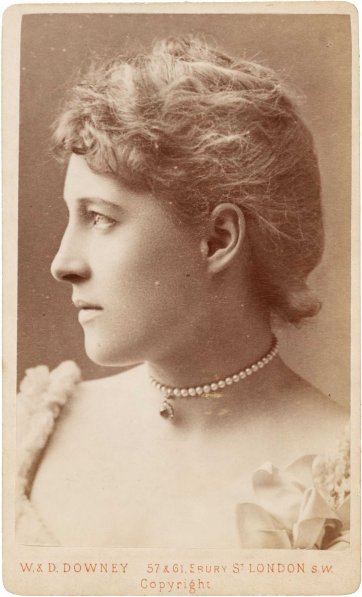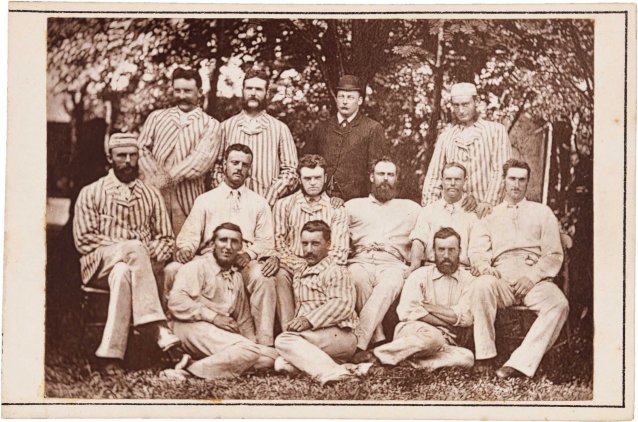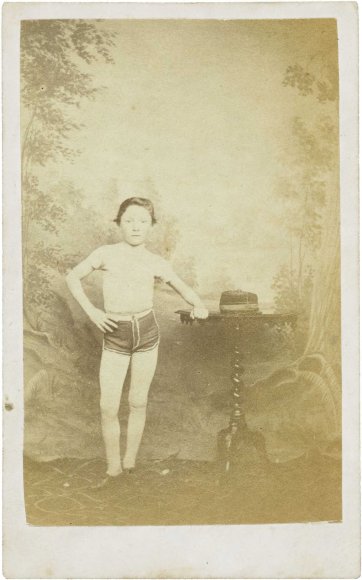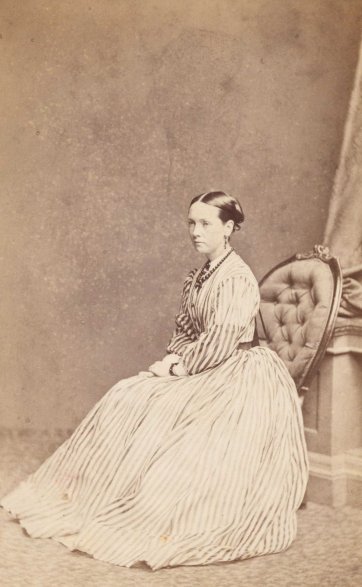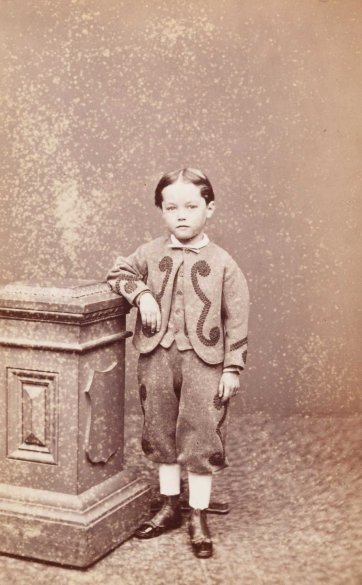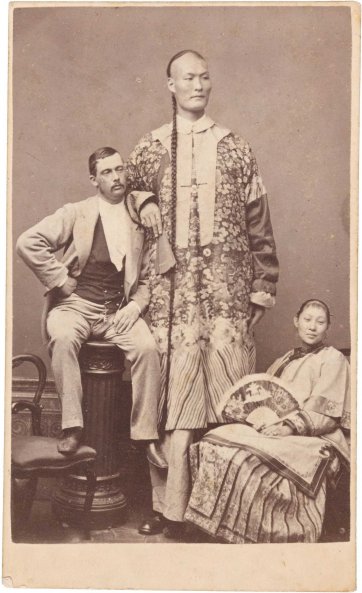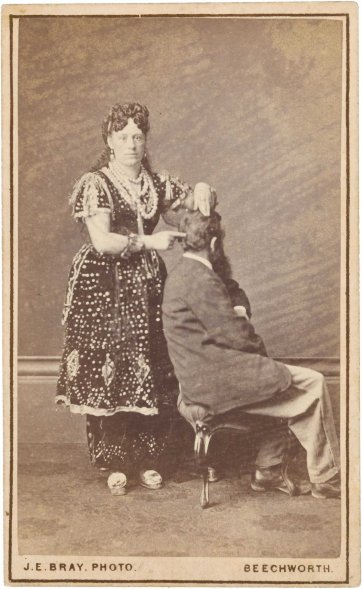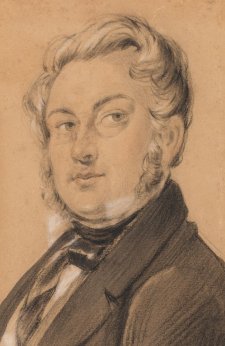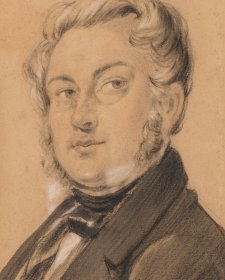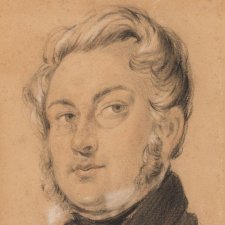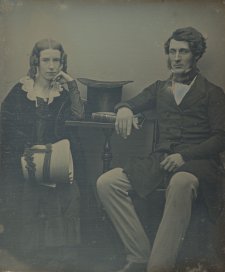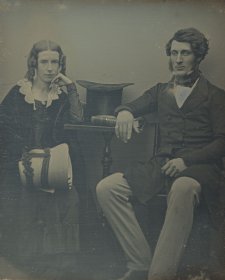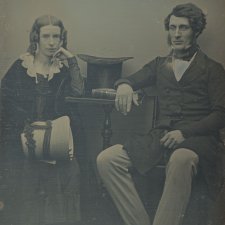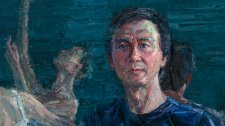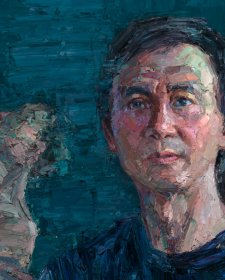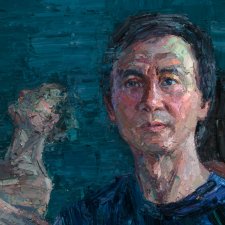Lady Barkly, 1863 Batchelder & O'Neill
Drawn from the NPG’s burgeoning collection of cartes de visite, Carte-o-mania! celebrates the wit, style and substance of the pocket-sized portraits that were taken and collected like crazy in post-goldrush Australia.
1 John Pascoe Fawkner, c. 1867 Batchelder & Company Photo. 2 Clara Crosbie, c. 1885 Arthur William Burman.
In May 1860 Queen Victoria and Prince Albert and their children sat for the London photographer John Jabez Edwin Mayall. With Her Majesty’s approval, the resultant photographs were made available to the public as a series of cartes de visite titled ‘The Royal Album’. Sales went crazy, netting Mayall £35,000 and propelling the carte de visite from relative obscurity to fervent, widespread popularity.
1 Reverend Daniel Draper, c. 1866 Fredrick Charles Burman after John Cochran. 2 Lillie Langtry, c. 1885 W & D Downey.
The diminutive-format albumen photographs, mounted on cards measuring ten by six centimetres, had been conceived of in Paris in 1854. Yet in the English-speaking world it wasn’t until the Queen saw fit to have herself documented in this way – and in relatable semblances and settings – that the populace began to embrace cartes as a novel, affordable way of collecting images, whether of royals and other luminaries or, increasingly, of themselves.
Cartes enabled people from various strata of society to acquire multiple portraits for a matter of shillings, providing ‘the opportunity of distributing yourself among your friends, and letting them see you in your favourite attitude, and with your favourite expression.’
1 Master Johnny Day, Australian Champion Pedestrian, c. 1866 an unknown artist. 2 Martha Mary Robertson, 1866 Johnstone O'Shannessy & Co. 3 William St. Leonards Robertson, c. 1869 Johnstone O'Shannessy & Co.
Occupying a mid-point between the invention of the daguerreotype in 1839 and the advent of the Kodak camera in the 1880s, the carte de visite was the first truly democratic form of portraiture. Collections of cartes, and the outputs of their exponents, thus often constitute the most inclusive of portrait galleries and the most comprehensive archives of a nation’s faces.
1 Chang the Chinese Giant with his wife Kin Foo and manager Edward Parlett, c. 1871 Archibald McDonald. 2 Madame Sibly, Phrenologist and Mesmerist, c. 1870 James E. Bray.

